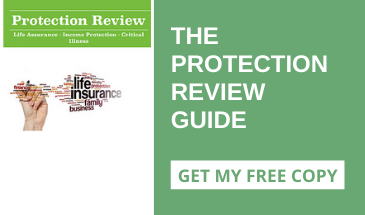How to plan for a long retirement

Planning for a long retirement is essential to ensure financial security and peace of mind throughout your later years, and it is best achieved by starting as early as possible.
It is also even more important now with life expectancy increasing to the point where retirees can expect to spend 20 to 30 years, or even more, in retirement. This extended period requires careful financial planning to ensure that your savings, investments, and income streams last as long as you do.
Here’s how you can prepare for a comfortable and sustainable retirement.
Start Early and Save Regularly
The foundation of a solid retirement plan is consistent saving from an early age. The earlier you start, the more time your investments have to grow, thanks to the power of compound interest. If you haven’t already, open a pension plan and contribute as much as possible. Workplace pensions offer the added benefit of employer contributions, which can significantly boost your retirement savings.
If you’re starting later in life, don’t be discouraged, because it's never too late to start saving. You may just need to contribute more aggressively.
Diversify Your Investments
Relying solely on one type of investment can be risky, especially over a long retirement period. Diversifying your investments across different asset classes, such as stocks, bonds, property and cash, can help spread risk and provide a more stable return.
Consider your risk tolerance and the time you have until retirement to determine the right mix of assets.
Consider Longevity and Inflation Risks
One of the biggest challenges in retirement planning is ensuring that your money lasts as long as you do. With people living longer, it’s important to plan for a retirement that could last 30 years or more. Inflation is another critical factor to consider, as it erodes the purchasing power of your savings over time.
Make sure your retirement plan includes investments that have the potential to outpace inflation, such as equities or inflation-linked bonds.
Plan for Healthcare Costs
Healthcare costs tend to increase with age, and they can be a significant expense in retirement, thus it is important to factor these costs into your retirement planning, whether this is through savings, insurance or other means.
Consider the possibility of needing long-term care, which can be particularly costly. Options such as long-term care insurance or setting aside a specific fund for healthcare expenses can help manage these costs.
Create a Withdrawal Strategy
Once you retire, you’ll need to develop a strategy for drawing down your savings and investments in a way that sustains your income throughout retirement. This might involve taking a phased approach to withdrawing your pension, using tax-efficient methods to minimise your tax liability.
Working with a financial advisor can help you create a sustainable withdrawal strategy that meets your needs.
Stay Flexible and Review Regularly
Retirement planning is not a one-time event as it requires ongoing attention and adjustment. Make sure to regularly review your retirement plan to ensure it’s still aligned with your goals and circumstances. Be prepared to make changes in response to shifts in the market, changes in your health, or other life events. Staying flexible and adaptable is a vital aspect of navigating the uncertainties of a long retirement.
If you want to plan for a long retirement by taking advantage of the strategies as described above, then you will likely need some advice from a financial expert, so book a FREE no-obligation meeting with one of our experts here at Integritas today.
Image Source: Canva





